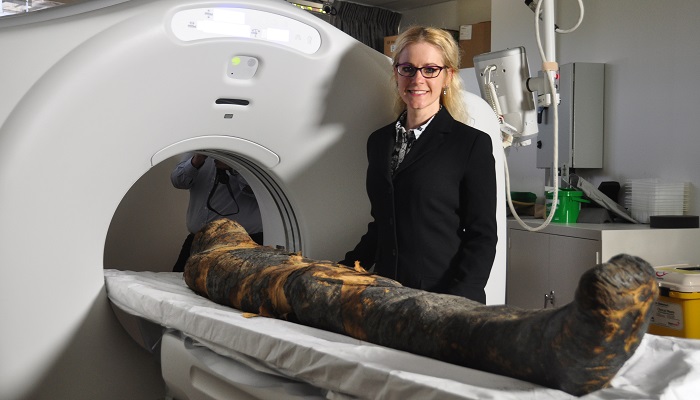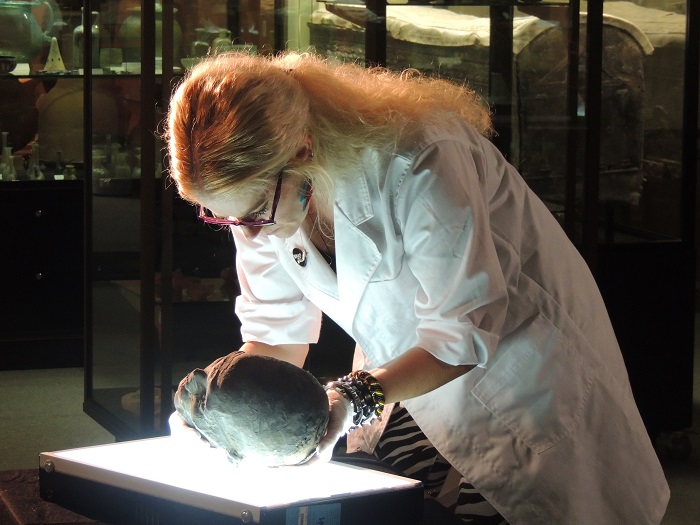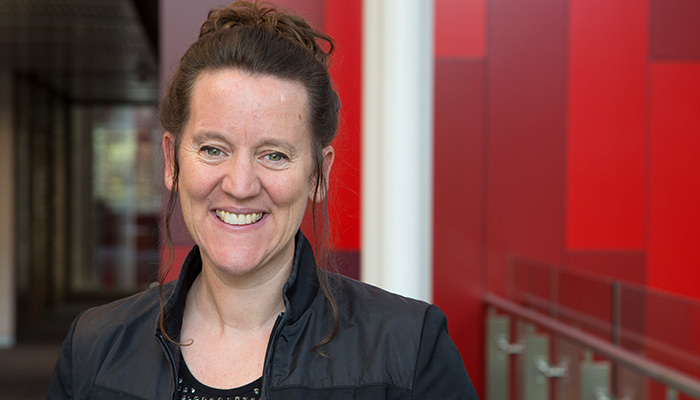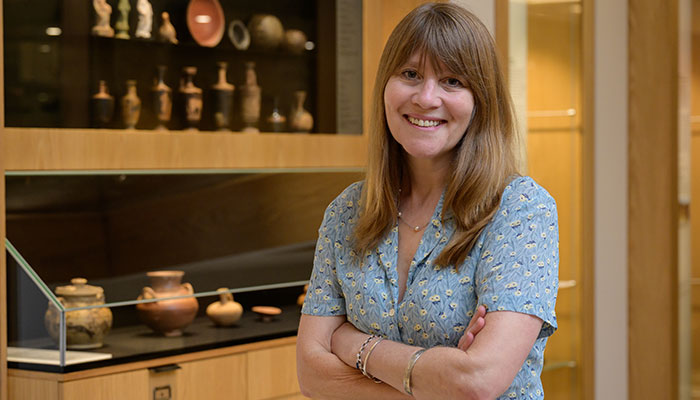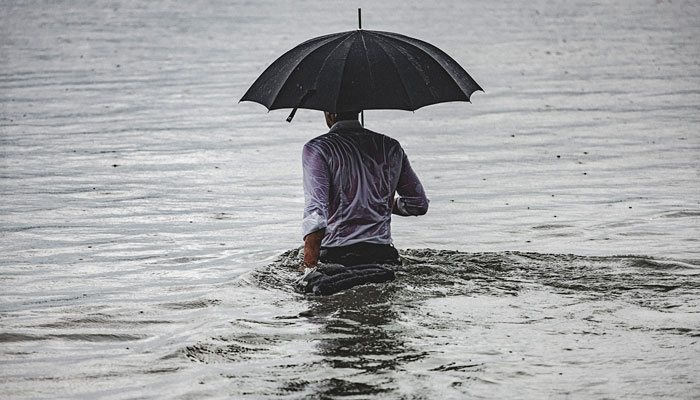Dr Ronika Power uses some of today’s most advanced scientific techniques to crack the mysteries of ancient civilisations, piecing together lost worlds using human skeletons and mummies, and the artefacts and structures surrounding them.
Power is a bioarcheologist, working across a multidisciplinary field of study that explores questions across all of the living aspects of archaeological records. Those questions include: What did ancient humans eat? How did they live, work, travel and die? What diseases did they have? What animals and plants were around at this time?
“Bioarchaeology encompasses everything that lived in the past, but I’m particularly interested in human remains. I work with skeletons and mummies from across the world to find out more about what it was like to live and be healthy or sick and eventually die in the past,” Dr Power explains.
“Technology is evolving so fast that our capacity to access ancient DNA from archaeological samples is becoming more and more robust all the time, and so we are finding out extraordinary things,” she says.
Her latest project has taken her to the tiny island of Gozo, part of Malta, where she’s working with scientists from around the world on a fascinating archaeological site to learn more about the people who lived there in the Neolithic era.
The researchers are analysing the remains of hundreds of people that were preserved through the highly ritualised burial practices of the people of the Xagħra Circle. Their bones remain in a prehistoric necropolis situated in underground limestone caves on Gozo.
“On this tiny little speck of an island in the middle of the Mediterranean Sea, people that lived between 4000 and 3000 BC built extraordinary temples with no modern technology, before Stonehenge and even before the great Pyramids of Egypt,” she says.
“They were achieving incredible technological feats on the island of Gozo - and as a biocultural archaeologist, I can see how those activities shaped their bodies. It’s a remarkable demonstration of how there is really no separation between ourselves as biological organisms and the culture that surrounds us.”
Dr Power says that the cross-disciplinary work she’s part of, touches many different aspects of the lived experiences of individuals and groups from Neolithic Malta.
“We're going to be able to tell stories to a high level of detail, about what life was like around six thousand years ago on this tiny little island chain.”
Analysis of the remains of people who lived on these islands has already revealed fascinating details. Some were seafarers who voyaged across the known world, leaving isotopic signatures in their bones that reveal their origins.
Funded by the European Research Council, the FRAGSUS project investigates ‘Fragility and Sustainability in Restricted Island Environments.’
“I’m the principal researcher for the population work group, collaborating with colleagues including landscape and environmental archaeologists,” she says.
“Together we’re building a detailed picture about how people interacted with their environment, particularly exploring the delicate feedback mechanism of how we affect and are affected by every choice that we make in our interactions with the environment.”
Dr Power says that history can deliver valuable lessons for today.
“Climate change is something we're talking about daily and this research will provide case studies about how human groups respond when they're placed under environmental pressure, including giving us detailed insights into biological and pathological responses to stress,” she says.
Bringing together this physical information with artefacts that provide insights into the cultural shifts that accompany these changes tells a bigger picture about how humans respond to environmental change, she says.
For Dr Power, not only is her work fascinating in itself, it also provides great opportunities for collaborative research and storytelling.
As a part of Science and Technology Australia’s ‘Superstars of STEM’ program, she says she’s had great opportunities to talk to her community about how her work is relevant to everyday life.
“I’m going everywhere that people will listen to tell stories, talking not just about the particular findings of my research but to show how archaeology and ancient history help us learn so much about the breadth of the human family’s experience across the world through deep time, sharing insights into how we are all so much more similar than we are different.”

